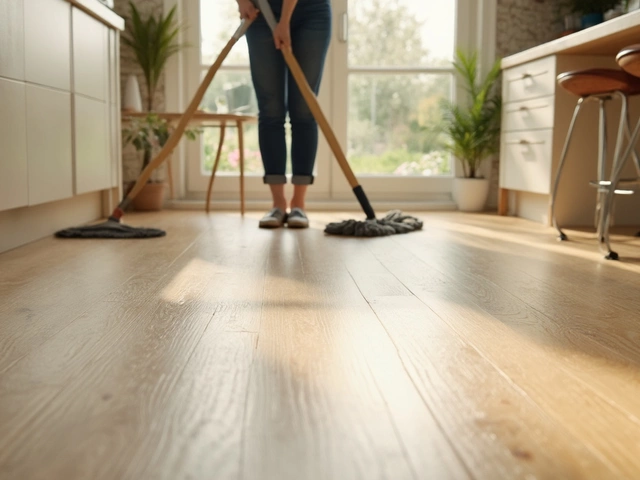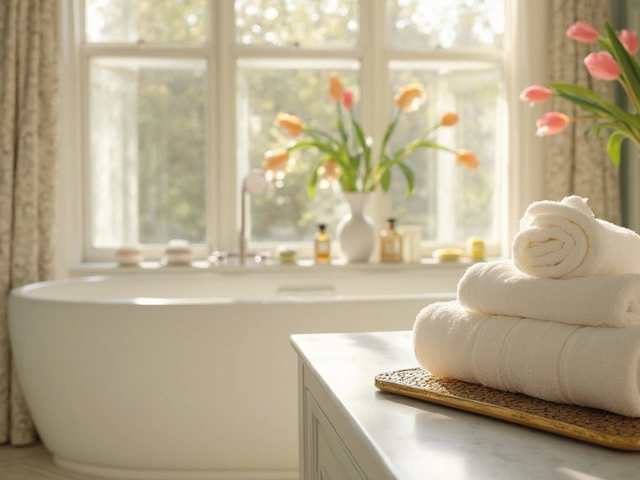Modern Home Makeover: Stylish Ways to Update Your Living Space
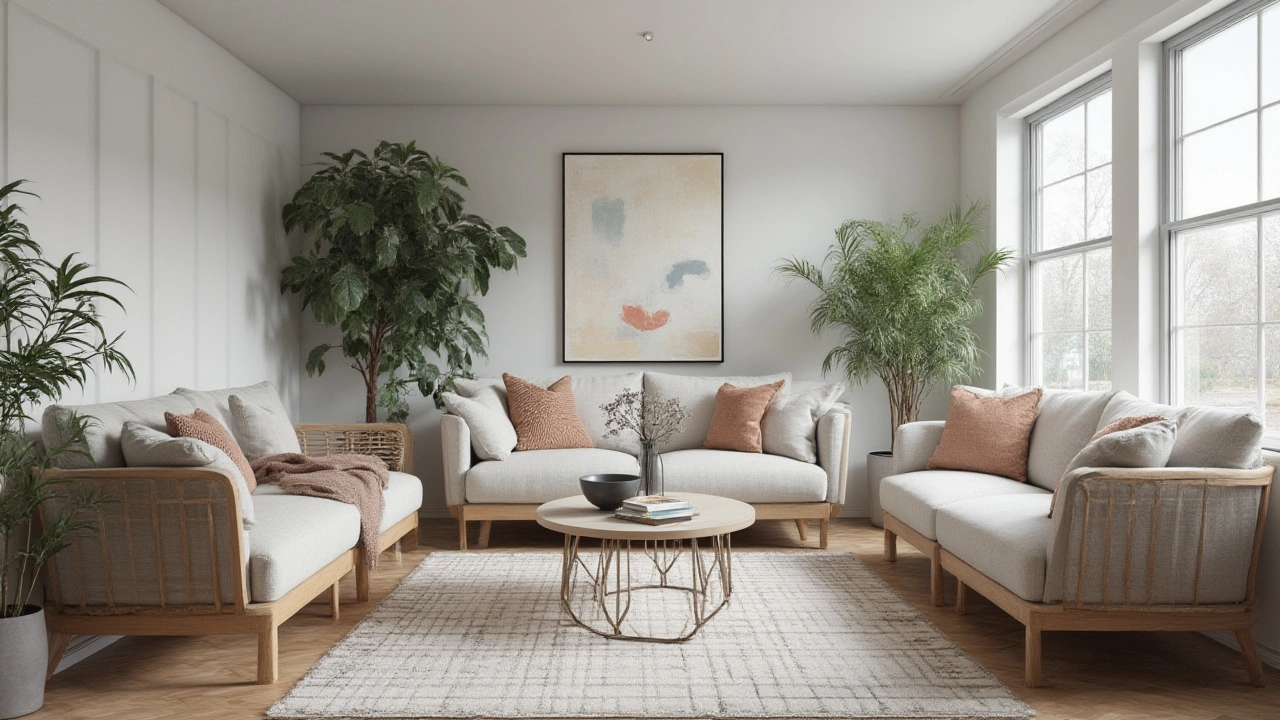
Ever walked into someone's home and felt like you just stepped into a design magazine, while your own place feels—let's be honest—a little stuck in last decade? You're definitely not alone. A modern home doesn't just look good; it pulls you in and makes life easier. The wild thing? You don't need to knock down all your walls or hire a celebrity designer. Some clever tweaks, a bit of guts, and a little know-how can totally turn your place around. That's what we're getting into today: real-world ways to go from "meh" to modern without selling your soul or your stuff.
Start With a Plan: Assessing Your Space and Finding Inspiration
Every project worth doing starts with a little planning, but don't worry—it doesn't have to be boring. First, take a walk through your home, looking at every room like it's your first time seeing it. Notice what's outdated. Is it your lighting, the wall color, those tired blinds? Snap some quick photos with your phone. They’ll help you stay objective, and believe it or not, things jump out in photos you don't always notice in real life.
Now, let’s talk inspiration. Instagram and Pinterest are packed with modern home looks. Search for terms like "Scandinavian interiors," "Japandi design," or "Mid-century modern," and you’ll fall into a rabbit hole of fresh ideas. But don't go copying a room straight out of a catalog. Mix ideas that fit your lifestyle. Got pets or kids? Maybe keep the all-white sofa as a ‘Pinterest daydream’ for now.
Look at current trends for 2025: curves are in, especially on sofas and countertops, and earthy tones—think olive green, clay, and sand—are everywhere. Smart home tech is becoming more common, too, especially energy-saving devices and voice-controlled assistants. It's not showing off—smart thermostats and lights will actually save you money if you use them right. Consider what makes sense for your home.
One trick designers use is building a “mood board.” Print out your favorite images or make a digital collage. This helps you spot patterns in your preferences—like, maybe you pick out a lot of rooms with bold art, textured rugs, or open shelves. These will be your north star as you upgrade.
Set a budget. Modernizing sounds fancy, but you can make big changes on a shoestring or go all-in if you’re ready. The key is matching your wishlist to your wallet and your timeline. Often, small changes have the biggest payoff: new cabinet pulls, different light fixtures, or a can of the right wall paint can work wonders.
Modern Materials and Finishes: Embracing the New Without Losing Comfort
Materials have always made or broken a look, and modern ones are friendlier than you might think. If you hear 'concrete,' do you imagine a cold bunker? Think again. Polished concrete floors are popping up in stylish homes all over, and they’re surprisingly warm, thanks to underfloor heating options. They’re tough, easy to clean, and look killer with area rugs.
Let’s talk wood. Wide-plank oak or walnut floors add warmth and go with all kinds of styles. If swapping all your floors is too much, even a statement table or some shelving in a clean, light finish can shift the vibe. Wood accents also help soften modern lines—balance is key. Metal is trending, too, especially blackened steel and brass. Swap out old kitchen or bathroom hardware with matte black pulls and faucets for instant cool points.
For walls, skip the bland eggshell and experiment with bold, saturated paint or textured wallpaper. Some folks are even embracing limewash or clay plaster for a rich, lived-in depth. This isn’t your parents’ wallpaper nightmare—modern papers are peel-and-stick, removable, and durable. A geometric accent wall or subtle mural can make a dull room feel custom.
Textiles matter more than you’d think. Chunky knit throws, boucle or velvet cushions, and layered rugs bring comfort without cluttering the space. Natural fibers like jute, cotton, and wool look clean but keep things cozy. Designers swear by the “mix three textures” rule for adding interest without going nuts.
Don’t forget windows. Heavy drapes drag a room down—try light, airy linen curtains or solar shades that keep privacy but let sunshine pour in. Modern homes lean into natural light. Sometimes just ditching dark window coverings is the cheapest and most dramatic makeover you’ll ever do.
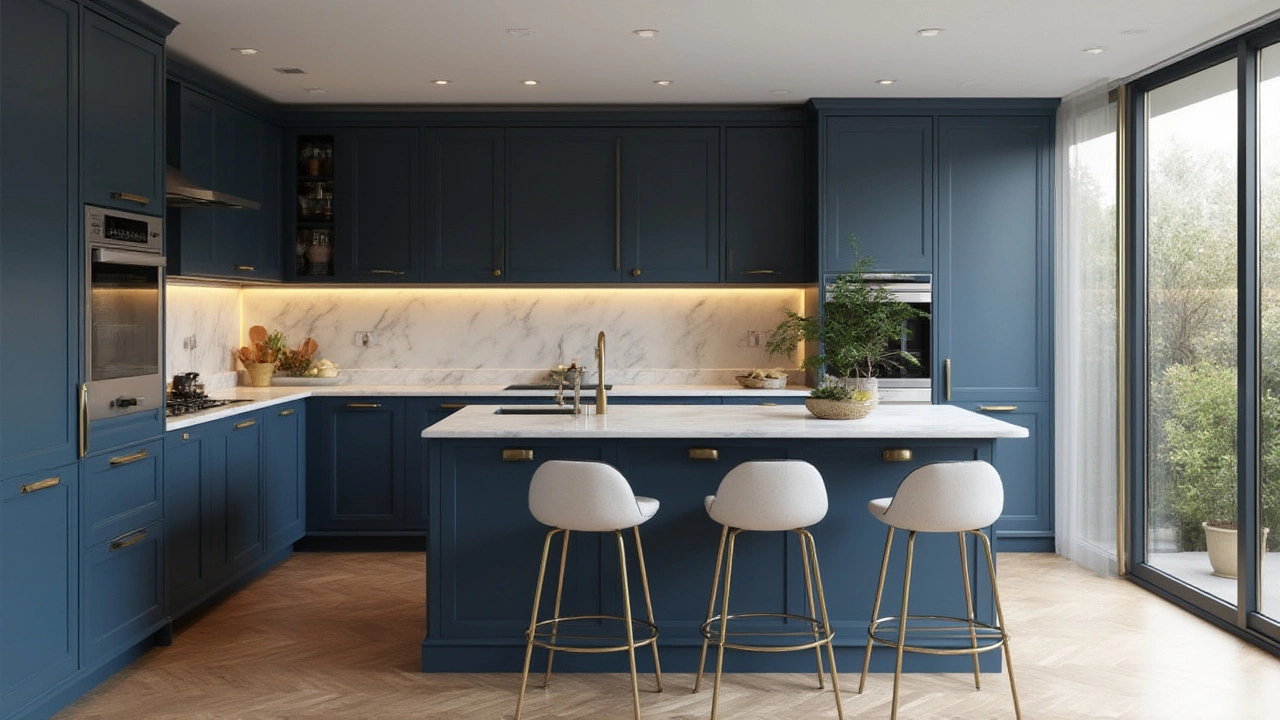
Rethinking Furniture for a Modern Upgrade
You might think modernizing means buying all new furniture, but honestly, sometimes a little creativity does the job. First, check your current stuff. Does your sofa have great bones but outdated upholstery? Consider getting it re-covered in a neutral or textured fabric. Reupholstering is cheaper than replacing for quality pieces, and local shops can turn it around surprisingly fast.
Take the “less is more” approach. Declutter what you don’t love. Modern living is about space and flow. Does your room feel crowded with three mismatched side tables? Try removing one or two. Invest in multi-functional pieces—like a bench with storage inside, or coffee tables that nest together. A little breathing room instantly reads as more modern.
Look for furniture with clean lines and simple shapes, but you don’t have to go hard-edge minimal. Softer curves on lounges, rounded corners on tables, and comfy poufs are everywhere right now. Retailers like West Elm, Article, and even IKEA are leaning into these looks. Accent chairs in bold hues—think sapphire blue or burnt orange—can deliver high impact for less than a whole sofa.
If you don't want matchy-matchy, you're in luck. Today’s interiors celebrate a mix of old and new. Pair a vintage cabinet with modern dining chairs, or set a mid-century lamp on a rustic table. The goal? A room that looks curated and personal, never straight out of the box. A few standout pieces—like a sculptural lamp, a floating credenza, or sleek bookcases—go a long way. Just make sure to keep pathways clear. Modern spaces feel open, with lots of room to move.
And listen, don’t underestimate the impact of swapping knobs and handles—it’s a five-minute project that can make even thrift store finds look designer.
The Power of Lighting: Mixing Tech and Ambiance
If you want to change the mood of a home in one afternoon, tackle the lighting. The old builders’ special flush-mount isn’t just boring—it’s working against any upgrade effort you make elsewhere. You don’t need to be an electrician to make major changes, though. Start with plug-in wall sconces or pendant lights. There are plug-in pendants made for renters that look like hardwired fixtures but just link into a wall outlet. Instant architectural flair.
Layered lighting is the secret, according to dozens of designers interviewed by Apartment Therapy last year. Mix different sources: overhead, table and floor lamps, and focused task lighting. Bulbs matter, too. See if your lamps and fixtures accept LED bulbs with adjustable warmth—these let you shift from bright white for focus in the morning to warm, cozy gold for evenings. Some newer bulbs can even be set on a timer or controlled with a voice assistant.
Don’t just flood the room—highlight what you love. Want attention on those shelves you styled for hours? Add a clamp-on picture light or a stick-on LED strip. Want your dining table to feel special? Hang a statement chandelier or a clean-lined pendant above it, low enough to feel intentional but not hit your head.
Natural light is free but often overlooked. Ditch bulky valances or blinds that block it. Frosted or smart film can give privacy if you need it, without stealing daylight.
Accent lighting outside the house matters, too. It doesn't have to be an expensive landscape install—try inexpensive solar path lights or battery-powered lanterns on the patio to make your entrance more inviting come nightfall.
The big tip: don’t think of lighting as just utility, think of it as jewelry for the home. Trends in 2025 favor sculptural forms (like globe pendants or folded-metal sconces) that work as art even when they’re turned off.
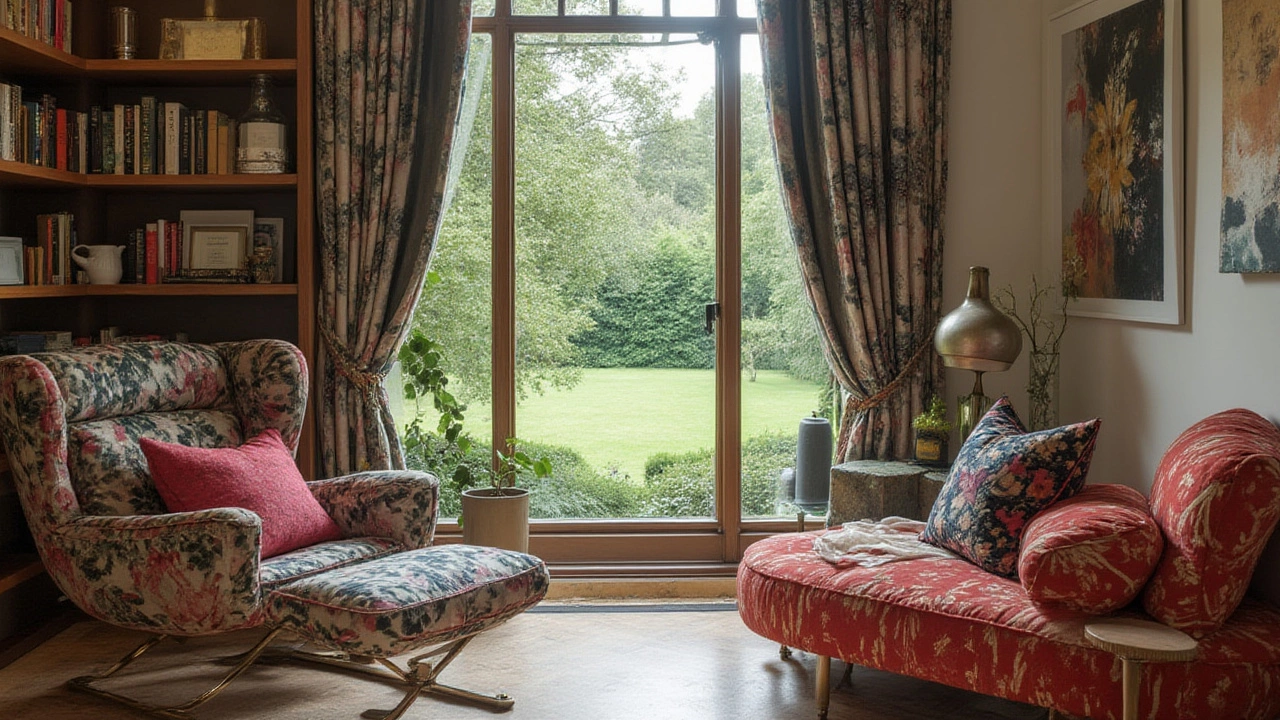
Smart Storage and Personalized Touches: Living Modern Without Losing Soul
The slick magazine homes look tidy for one reason—smart storage. Before you add anything new, carve out hidden storage spots wherever you can. Hallway bench with bins underneath? Game changer. Built-in shelves that wrap a doorway? Insta-modern. There are shoe cabinets now that double as benches or slim bookshelves, making small spaces work harder.
Kitchens are getting a glow-up with pull-out spice racks, pan drawers, and vertical tray slots (if you’re not using your cabinet doors for storage, start today). Entryway clutter is the first thing visitors see, so set up a drop zone with hooks, trays, or a stylish mirror that bounces light around.
At the same time, don’t wipe out your home’s personality chasing minimalism. The most modern homes in 2025 tell a story—showing your art, displaying books, or hanging a gallery wall with a mix of prints and photos. Try floating shelves in the living room or bedroom, even if you only have a few treasures to show off. Framed records, travel souvenirs, or kids’ art all add a personal stamp that won’t go out of style.
Houseplants are still trending—and it’s more than a social media thing. Studies showing that plants clean your air are a little exaggerated, but what they do for mood can’t be beat. Group plants of different heights in corners or set up a plant shelf by the window. Even one big-leafed monstera or fiddle leaf fig can transform the energy of a room.
Final tip? Don’t try to change everything at once. Pick high-impact rooms—the entry, living room, or kitchen—for your first projects. Live with them a bit and see what you love (or don’t). Modernizing isn’t a one-and-done, it’s about adapting your space to what feels right as you go.
If you focus on modern home look—with smart materials, standout lighting, flexible furniture, and little injections of personality—you’ll have a home that’s not just modern, but truly yours. No followers necessary, just a space you love waking up to every day.

